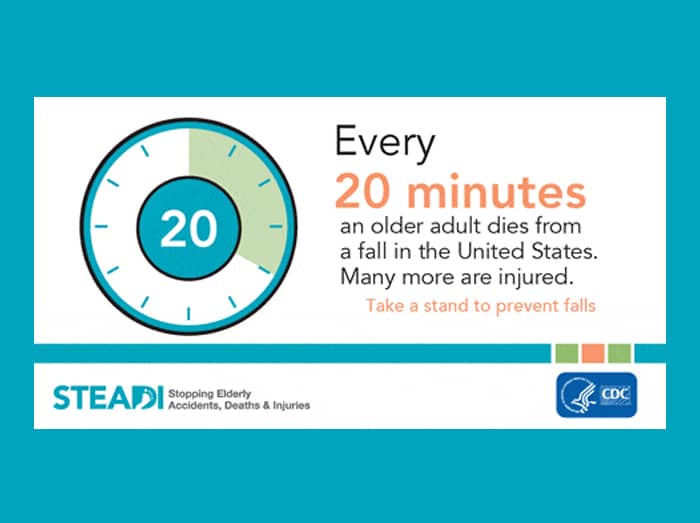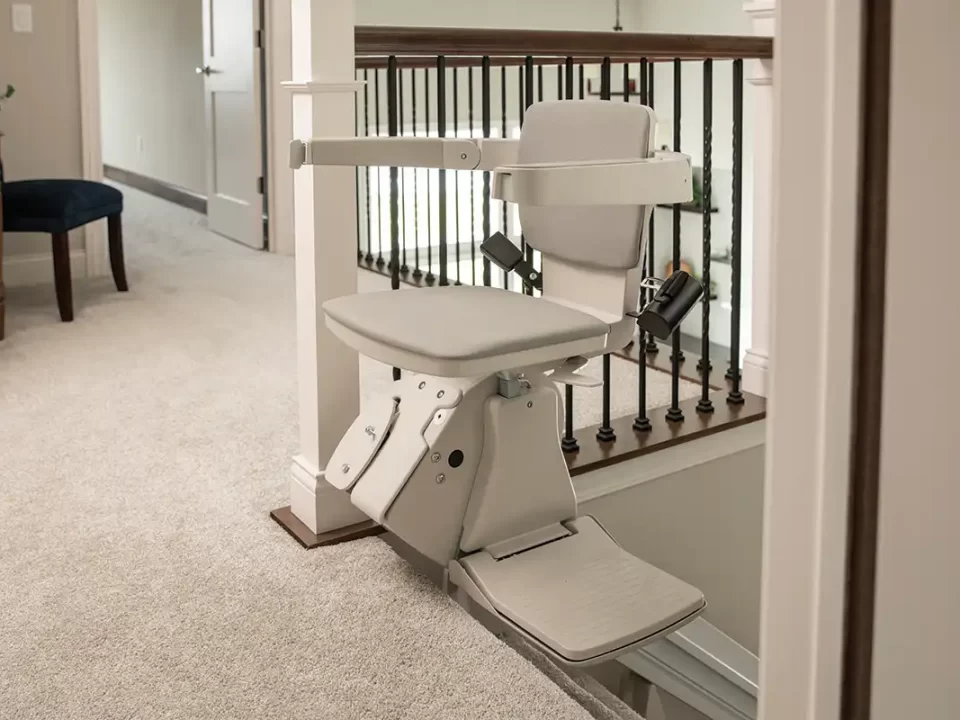Fall prevention is an essential aspect of improving safety,especially for a client with limited or deteriorating mobility. According to the Centers for Disease Control and Prevention (CDC), Injury Center, falls are the leading cause of death from injury and of injuries in general among older adults. Adjusted for inflation, the direct medical costs for all fall injuries are $31 billion annually. An older adult falls every second of every day and one‐third of those falls are directly related to environment hazards within the home. Another important fact is falls are recurrent — 66 percent of fall victims will fall again within six months. Many of these hazards can be minimized or eliminated during the home modification process. The chance of falls related to other causes, such as physical impairments and chronic conditions, can also be greatly minimized by designing safety and assistive devices with fall prevention in mind.
Critical Areas to Assess
Important areas to identify or address during a fall prevention assessment include the following:
1. All transition areas — for going from one level of a home to another, entering and exiting the tub or shower, getting onto and off the toilet, going from abed or chair to a standing position — should be evaluated for possible hazards and ways to improve safety and prevent falls. Transition areas can be improved if grab bars are mounted next to doors, in the kitchen, or next to a favorite chair or the bed to assist a client. To visually integrate a handrail, design it to look like a chair rail installed around the entire perimeter of the room above wainscoting. Traditional bathtubs can be removed and replaced with zero entry transfer showers.
2. Stairs can be improved with a second handrail to provide additional support for a caregiver who maybe assisting someone on the stairway. Stairlifts can also be installed to navigate steps more safely and are more affordable than you may think.
3. Pathways may require improved lighting at all critical areas, with switches or automatic sensors.
4. Carpeting or rugs that might present a tripping hazard should be stretched or removed, if possible.
5. Door thresholds present trip hazards and are not usually wheelchair accessible. Even if the client is not using a wheelchair, try to achieve the same standard of no more than 1/2 inch for a beveled threshold at all doorways.
6. Tub or shower floors, the adjacent areas that can become wet, and stair treads may need nonslip flooring. Look for products with a minimum coefficient of friction rating of .6 wet or dry (.8 wet or dry on ramps).
Contact Altamira today to schedule your free home evaluation. Let us help you age in place safely and with dignity. Call us at 800-343-1066.
[gravityform id=”2″ title=”false” description=”false” ajax=”true”]





